If you have started learning more about audio and if you want to invest in a more premium audio setup, one of the things you have come across is headphone amps.
Headphone amps are one of the best ways to improve sound quality. In many cases, amps are required for specific headphones or speakers. Amps deliver extra power to your headphones or speaker, often helping to bring out sounds that were recessed and lacking before.
Let’s explore how amps benefit an audio setup and if getting one is a worthy investment for your headphones.
Do Headphone Amps Improve Sound Quality?

A headphone amp is a device that amplifies the volume of sound coming from a DAC, a component in all devices that processes the digital signal from a computer and converts it into an analog signal that headphones can use. An amp can take the form of either an external device or a part integrated into your computer. The addition of power that is also cleaner can improve the sound quality of your headphones.
Compared to an integrated solution, a dedicated amp provides more power so your headphones are able to work the best they can. Additionally, if you find that you are using most of the volume scale when listening to things then an amp will give you much more headroom, fixing this issue.
Amps do not do much to improve the clarity or accuracy of the sound but the additional power improves the quality of the sound in other ways. The extra power that an amp provides could help sounds that were once muffled or recessed to be able to reach their full potential.
Another issue that amps fix is distortion. The integrated audio solutions in computers or phones can cause distortion at high volumes. Since amps process sound better this is less of an issue.
It is important to understand that an amp will not always improve audio. If you are using a cheap pair of headphones then you will notice no improvement. On the flip side, some headphones need an amp to function properly. There are many headphones, often in the $100 to $300 range, that are efficient enough that they do not require an amp but could still see some gains.
An amp should not change the sound signature of your headphones but give them the power to have their correct sound signature. Tube amps or amps with EQing built in can make changes to the sound.
Overall amps do improve sound quality.
Is An Amp Necessary?

Headphone amps can improve your audio but in some situations, they are not a worthy investment. If you use headphones that do not need more power or cleaner power then an amp would just be a waste of money.
Something like a pair of cheap earbuds or bluetooth headphones will not see a benefit from the extra power. In contrast, if you use high-fidelity headphones, often costing anywhere from $200 to upwards of $1000, then you often need or will heavily benefit from an amp.
Some headphones do not need an amp but could see a slight benefit from one. In this case, we wouldn’t recommend getting an amp if you are on a tight budget although it could give you a slightly better experience.
To understand how efficient your headphones are there are two things you need to look at. First sensitivity, which shows how loud headphones can get with a certain amount of power. This is usually measured in dB/mW. Second impedance, which shows how much power the headphones need. It is typically measured in ohms.
Headphones with an impedance of 32 ohms or less and sensitivity of 100 dB or more usually do not need an amp. As you get to headphones that use 60-80 ohms or more and sensitivities of 95dB or less, you will notice that many of these headphones need an amp. It is important to look at both factors and read reviews as the necessity for an amp depends.
Another factor is about how much of your volume range you are using. If you need to turn up your volume to 70 to 100% volume, then an amp may benefit you. You will get more headroom for volume and an amp will take away most distortion that integrated audio solutions create at high volumes.
Most modern computers have a decent integrated sound card with an amp so getting a dedicated amp is only important if you are investing in premium headphones. If your current headphones will not see a benefit from getting an amp, then getting new headphones is usually the recommended option. A dedicated amp is just a recommended option if you need or want more power for your headphones.
How Does A Headphone Amp Work ?
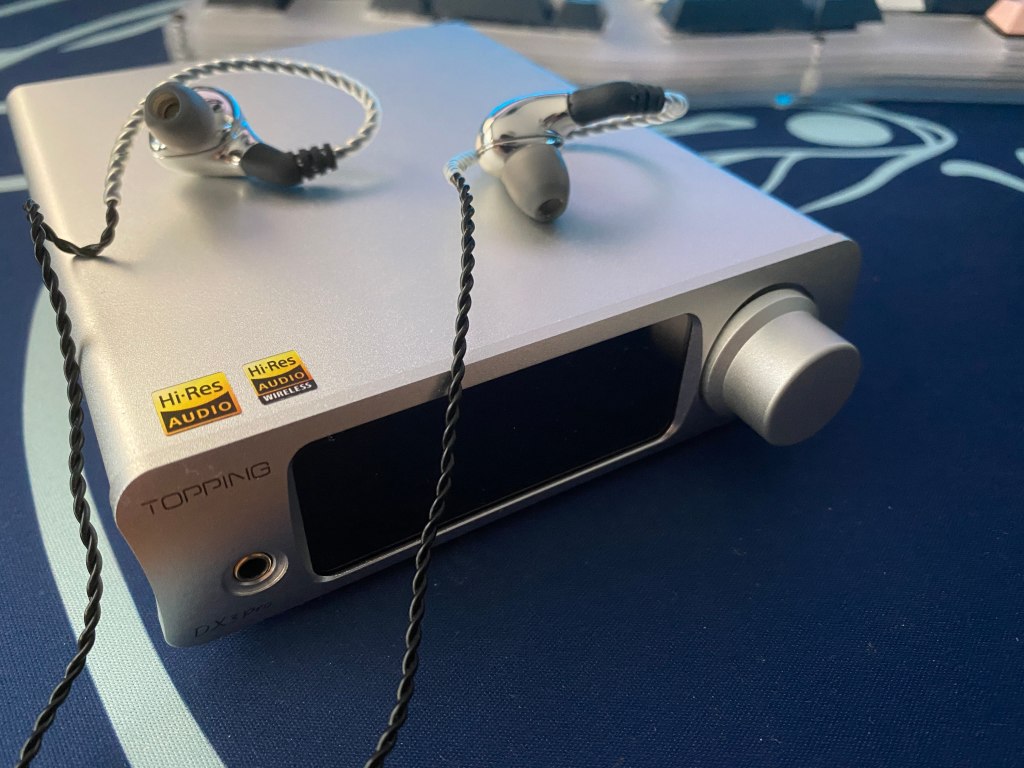
An amp’s purpose is to take a very quiet, low-power audio signal from a DAC, and increase the volume of that signal. Then the headphones or speakers will be able to turn this information into sound waves.
Without an amp, either integrated into a computer or as an external device, your headphones would not be able to create any sound for you.
A dedicated amp will provide more power and volume for your headphones than integrated solutions. The better an amp the more power it will be able to provide. Additionally, better amps will give cleaner power to your headphones resulting in a cleaner sound. Cheap amps often have distortion in the sound at higher volumes.
Amps have three core parts to how they work. There is the input, the amplification components themselves, and finally the output. There are two ways that the amplification process works work.
- Solid State/Transistor Amps: These amps use, as the name implies, transistors to amplify the signal given to them. Inside there will be multiple positively or negatively charged transistors that are calibrated to boost the sound in a way that is as clean and efficient as possible.
- Tube Amps: Tube amps instead use vacuum tubes surrounded by glass. They function similarly to lightbulbs by burning electrons from a filament to instead of creating light, amplify sound. Tube amps can be compared to record players that provide a more fun sound that modern tracks on software or CDs replace with a very clean sound. There is a sort of warmth adding to the bass. As a downside sometimes the glass of the tubes can cause some negative effects on the sound if you are using more sensitive headphones with a less premium tube amp.
In the end, the function of an amp is to increase the volume of the information coming from your audio source, for example, an external DAC or your PC. It does not matter if it is a tube amp or solid-state amp, the end goal is the same.
Different Kinds Of Amps

Although amps can control the power in different ways, transistors or tubes, there are different kinds of amps to look at depending on your situation.
- Regular Headphone Amp: This is the standard type of headphone amp.
- Gaming Amp: Gaming amps function similarly to regular headphone amps but usually prioritize features that gamers would appreciate like a mic input and virtual surround sound.
- Portable Amp: These are great for situations where you want to drive high-quality headphones on the go or if you want a powerful amp in a small package. Portable amps are often designed to fit in your pocket and are a great option for those who want to use premium IEMs while out or if you want an amp between your office and home.
Finding what is right for you is the most important thing in this case. For most people, a regular headphone amp will do the job. There are some cases where a gaming amp or portable option may suit your general needs more.
Conclusion
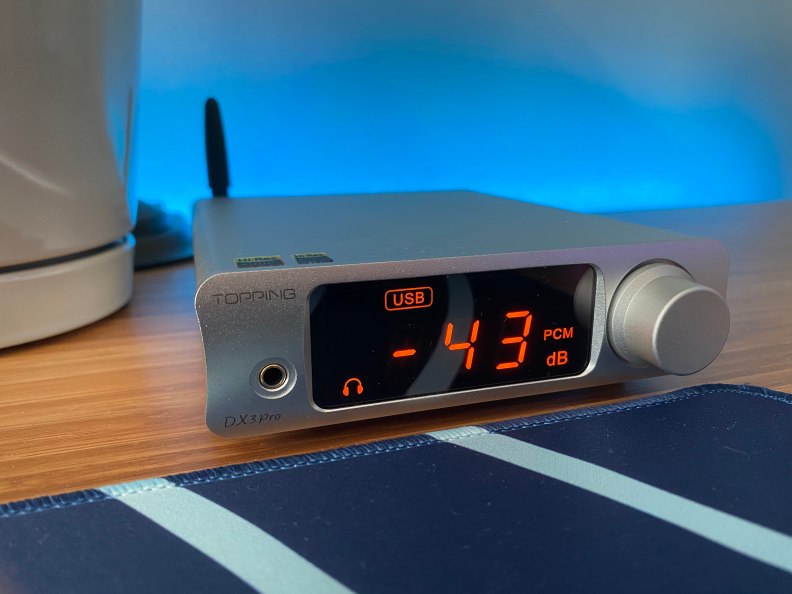
Amps are beneficial with trying to improve the sound quality of your headphones, IEMs, or speakers and in many cases, they are even necessary for them to run properly. Sounds that were previously recessed, distorted, or not even present will be more significant and apparent.
You should also consider if an amp is worth it in your situation. You will not notice a difference with an amp with a sub $100 pair of headphones or the cheap earbuds that came with your phone.
It is also important to note that most people will not notice a substantial difference by getting an amp. This is because most people do not use power-hungry headphones or are not very bothered by worse audio quality.
For those who want a more premium sound and may be using more powerful headphones, an amp is a more worthy investment for them.
You also do not need to spend alot of money on an amp. You can find options for about $100 that give great performance up until you are spending upwards of $500 on headphones. Just note that you should always prioritize the headphones in your budget but always consider an amp if your headphones need that extra kick.
Additionally, if you are creating a setup with high-quality headphones and you are getting a headphone amp, you may want to consider a DAC to provide a cleaner, more accurate sound that could also benefit your sound experience.
I hope you enjoyed and as always thanks for reading!
If you have any questions please join our discord and feel free to ask anything.


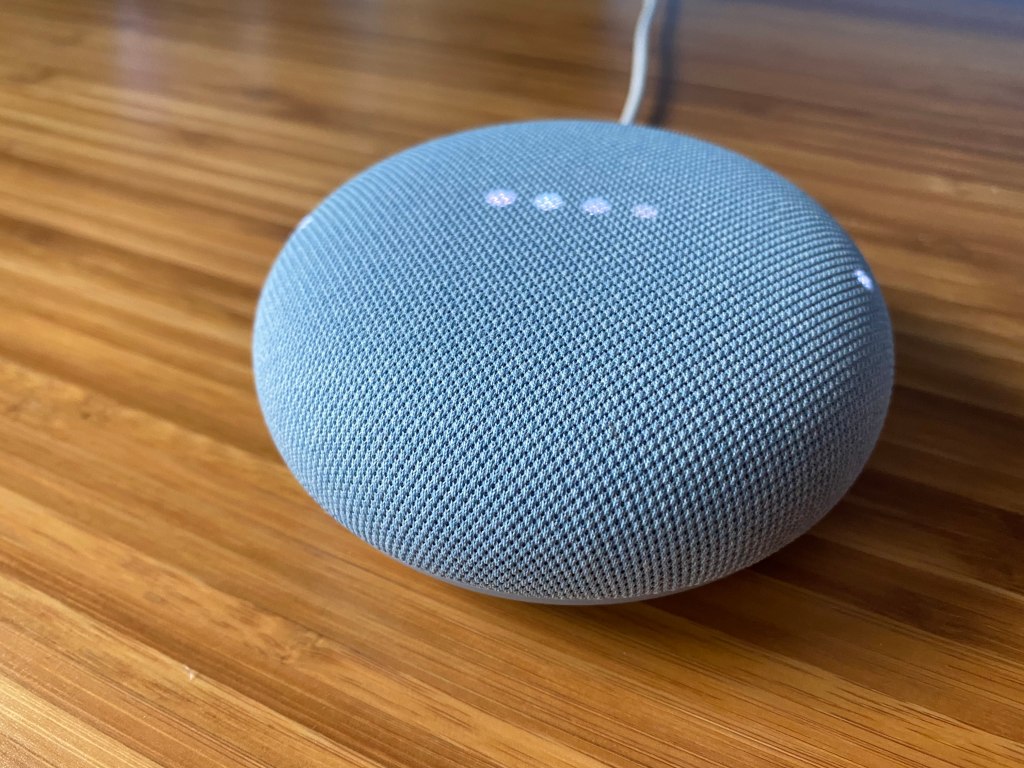




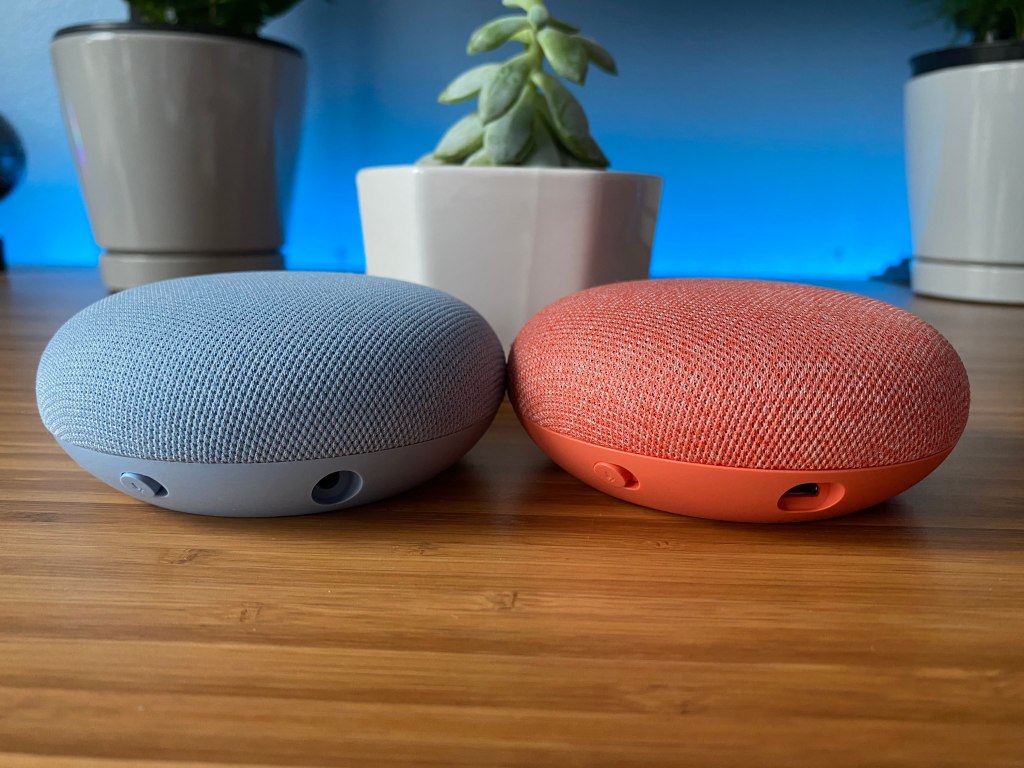
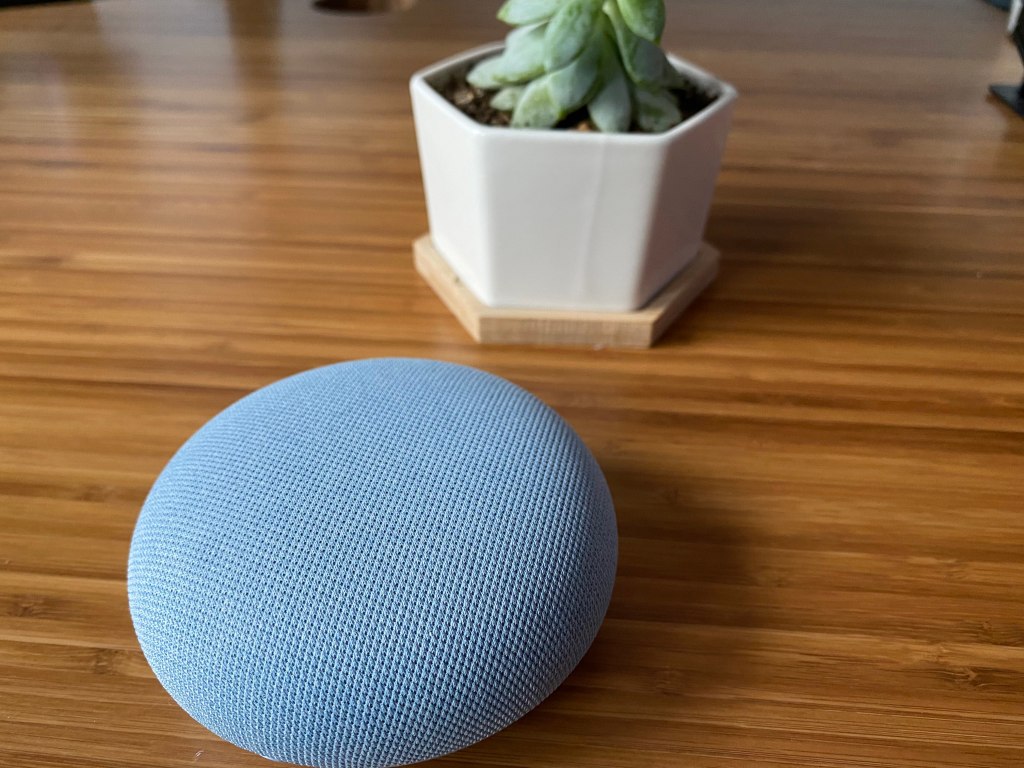
You must be logged in to post a comment.